Service, Diagnostics, Repairs and Re-sealing
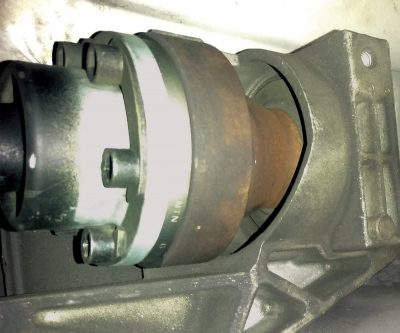
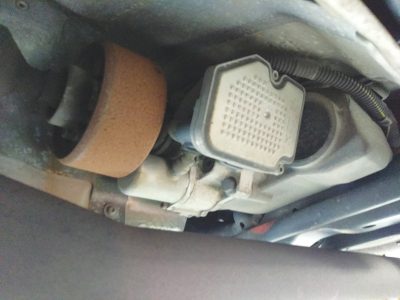
Volvo angle gears are sometimes called the bevel gears as incorporated into the front differential on four-wheel-drive vehicles. Volvo first offered a four-wheel-drive model in 1998 with the introduction of the XC70 and the rare AWD version of the S70.
If you work on a lot of Volvos, you have probably seen your fair share of these AWD cars come through your shop, and you may have done your fair share of repairs on these angle gears.
The first versions of the Volvo all-wheel-drive systems used the angle gear to transfer power from the transmission through a center driveshaft that connected to a viscous coupler unit and rear differential.
All later Volvos use various versions of the Haldex electronically-controlled rear differential, but still stuck with the same type of angle gear for the front differential.
The later Volvos with the Haldex rear end are a lot more effective at active traction control and more forgiving of things like mismatched tires and wheel slip, either of which could cause damage to the angle gear on cars that came equipped with the viscous coupler type rear end.
All-wheel-drive Volvos from 1998-2000 equipped with the viscous coupler type rear end, have to have all four tires changed at the same time, because even a slight variance in the wheel and tire circumference can cause damage to the angle gear and other driveline parts over time.
A lot of shops will have these early AWD Volvos come in with the customer complaint of no four-wheel drive. In a lot of these cases, mismatched tires have caused the teeth in the drive sleeve that connects the transmission to the angle gear to strip out the teeth on the inside of the sleeve, causing the angle gear not to transfer power to the rear wheels.
Early all-wheel-drive Volvos have special requirements for tires and wheels. It is very important that the tire replacement guidelines below are followed. Failure to do so can result in damage to the AWD components (angle gear, viscous coupling/freewheel unit).
Here is a brief description of Volvo’s recommendations for tires and wheels on 1998-2000 Volvos that use a viscous coupler type rear end.
- Always drive on tires of identical brand, size, construction (radial), tread pattern, load-, speed-, traction-, temperature-, and tread wear rating.
- Never drive on mixed tires, except for brief periods when the temporary spare tire is in use.
- Always use properly inflated tires of correct dimensions. Tire size and inflation pressures are shown on the tire pressure label located inside the fuel filler door.
Caution! Failure to always drive on properly inflated, identical tires of correct dimensions may result in a circumference difference between tires on the front and rear axles. This will cause excessive tire wear and may damage the transmission and all-wheel-drive system.
Replacing the tires
When tire replacement is necessary, Volvo strongly recommends replacing all four tires at the same time with identical tires as explained above. Failure to do so can result in circumference differences that may damage the transmission and all-wheel-drive system.
If only one or two tires are replaced, the new tire(s) must be identical to the tires with which the car was built, and must be mounted on the FRONT AXLE ONLY! Failure to do this may damage the transmission and all-wheel-drive system.
Spare wheel Temporary spare
The temporary spare tire is for temporary, low-speed, short-distance use only. Do not drive on the temporary spare at speeds above 50 mph (80km/h) or for distances greater than 50 miles (80 km) or transmission and all-wheel-drive system damage may result.
Snow chains, all-wheel drive (AWD)
On all-wheel-drive cars (AWD), snow chains must only be mounted on the front wheels. Only snow chains intended for all-wheel-drive (AWD) cars can be used. Never install snow chains on a temporary spare tire.
Volvo’s angle gears are very tough and can deliver relatively problem-free performance for well over 100K miles, with proper care and service of course.
GEAR OIL LEAKS FROM THE ANGLE GEAR
The most common problems that shops deal with on these units have to do with gear oil leaks. Gear oil leaks from the angle gear should be taken seriously, since Volvo’s angle gears only hold about .85 quarts of gear oil when they are full.

SERVICE
It’s always a good idea to check the level and condition of the gear oil any time you get one of these cars in for a regular service. Check not only the angle gear, but the rear differential too, as these fluids are all too often neglected.
When filling or topping off the gear oil, remember to make sure to use the correct Volvo fluid. In most cases the front and rear differentials DO NOT use the same fluid type, so check with your local Volvo parts department for the correct fluid.
Volvo’s service interval for changing the gear oil varies from year to year and model to model, and in some cases Volvo, like most car manufacturers, states that the fluid does not need to be changed and is a “lifetime fill.†Naturally, that lifetime all depends on how the customer uses the car. But of course, as with most fluid change intervals, you should customize the maintenance services to meet your customers’ individual driving needs.
For instance, if a customer uses their Volvo to tow their boat or likes to go off-road driving a lot, they should be advised to change their fluids more often, because fluids’ additive packages will break down at a faster rate than if the car is driven under normal driving conditions.
Of course, if the fluid in the angle gear looks more like molasses than gear oil, you should recommend a fluid change to your customer. And if the fluid is more of a black paste than fluid and has a lot of metal particles in it, the customer may be looking at a larger problem in the near future.
Since Volvo’s angle gearbox has only a fill plug and no drain plug, you will have to drain and fill through the same plug. You can use a vacuum drain tool or any fluid evacuator with a small hose to drain as much of the old gear oil as possible. Make sure to insert the hose as far as you can into the filler hole; you will have to force the tube past the gears to reach the fluid at the bottom.
GEAR OIL LEAKS FROM THE ANGLE GEAR
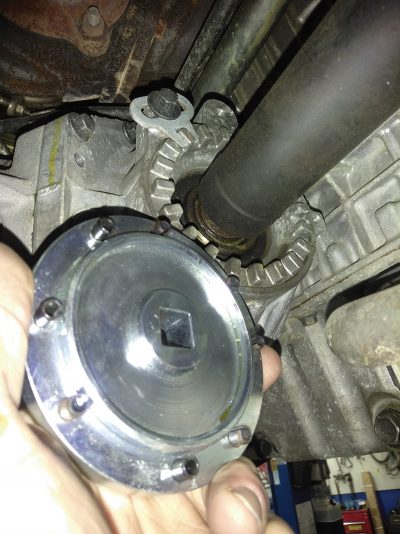
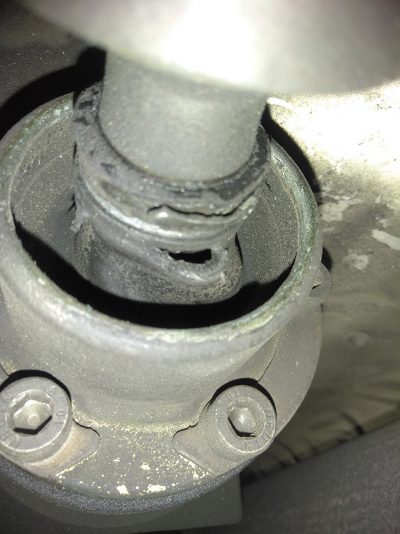
The Volvo angle gears or bevel gears tend to develop leaks from three different places — the vent valve (an updated vent valve is offered by Volvo to fix this problem and is covered in Volvo TNN46-08), the bearing adjuster nut or crown nut seals and, in some cases, the angle gear can start to leak from the case halves or input seals between the angle gear and transmission. In that case, you will have to remove the entire angle gear and re-seal it (the complete re-seal procedure is covered in Volvo TJ 18513). OR you can just replace the entire angle gear assembly with a Volvo remanufactured assembly, available from your local Volvo dealership’s parts department.
The most common oil leaks seen on Volvo angle gears come from the large o-ring seal on the large aluminum bearing adjustment nut that holds the output bearing on the right side of the gearbox. The o-ring gets brittle and shrinks over time. If there are traces of gear oil seeping from the bottom of this large bearing nut, you will have to replace this seal. This is one of the easiest and most common of the angle gear reseal jobs — that is, of course, if you have the right tools.
The most important tool to have when working on the angle gear is Volvo special service tool 9995371.
To replace just the three outer angle gear seals, you should start by driving the car and getting it up to normal operating temperature. This will make removing the large crown bearing pre-load nut a lot easier.
Next, put the car up on a lift with the transmission in neutral and remove the right front tire and CV axle. Use a punch and mark the crown nut’s position so you will have the correct bearing pre-load position when you reassemble the crown nut.
Remove the 12mm bolt that holds the crown nut in position, and use a long ½ inch ratchet or breaker bar to turn the nut counterclockwise to remove it (DO NOT USE AIR TOOLS).
This crown nut can be very tight and difficult to remove, but be patient and it will come out. In some cases you will have to replace this large crown nut because the threads can get damaged beyond repair.
Once the crown nut is removed, use a vacuum drain tool with a small tube to suck out as much of the old fluid as possible.
Clean the threads and crown nut with parts cleaner and replace the two seals and crown nut o-ring. Lube the threads and carefully tighten the crown nut back to its original pre-load location.
Reassemble the CV axle and A arm, always using a new nut or bolt on the end of the axle when reassembling it.
Now fill the angle gear with the correct Volvo fluid and replace the fill plug washer with a new one.
After putting the right front wheel on and torquing the lug bolts, test drive the car and check for noise and leaks.
NOISE DIAGNOSIS
Volvo angle gears rarely make noise on their own unless the gears and bearings inside are badly worn or damaged.
You should run the car on a lift, and use a stethoscope to pinpoint where the driveline noises are coming from before jumping to any conclusions. Also, it’s always a good idea to check for TSBs or Volvo Technical Journals. Volvo has several concerning driveline noises.
One of the most common noises you will encounter is main driveshaft slip yoke wear causing ping and rattle noise. When performing a test drive on one of these all-wheel-drive Volvos, especially the early versions, you may hear a pinging or rattling noise on acceleration, usually coming from under the shifter tunnel area.
You can check the drive shaft slip yokes for play just by grabbing the shaft near the slip yokes and pushing up and down. There should not be very much play. Make sure to check the slip yoke boots for damage.
If a boot is torn or damaged, the slip yoke will probably need to be replaced soon.
In a lot of cases, you will have to replace the entire drive shaft assembly because Volvo has a new updated version. But in some cases you can just replace one slip yoke and boot with a kit that Volvo sells.
Download PDF

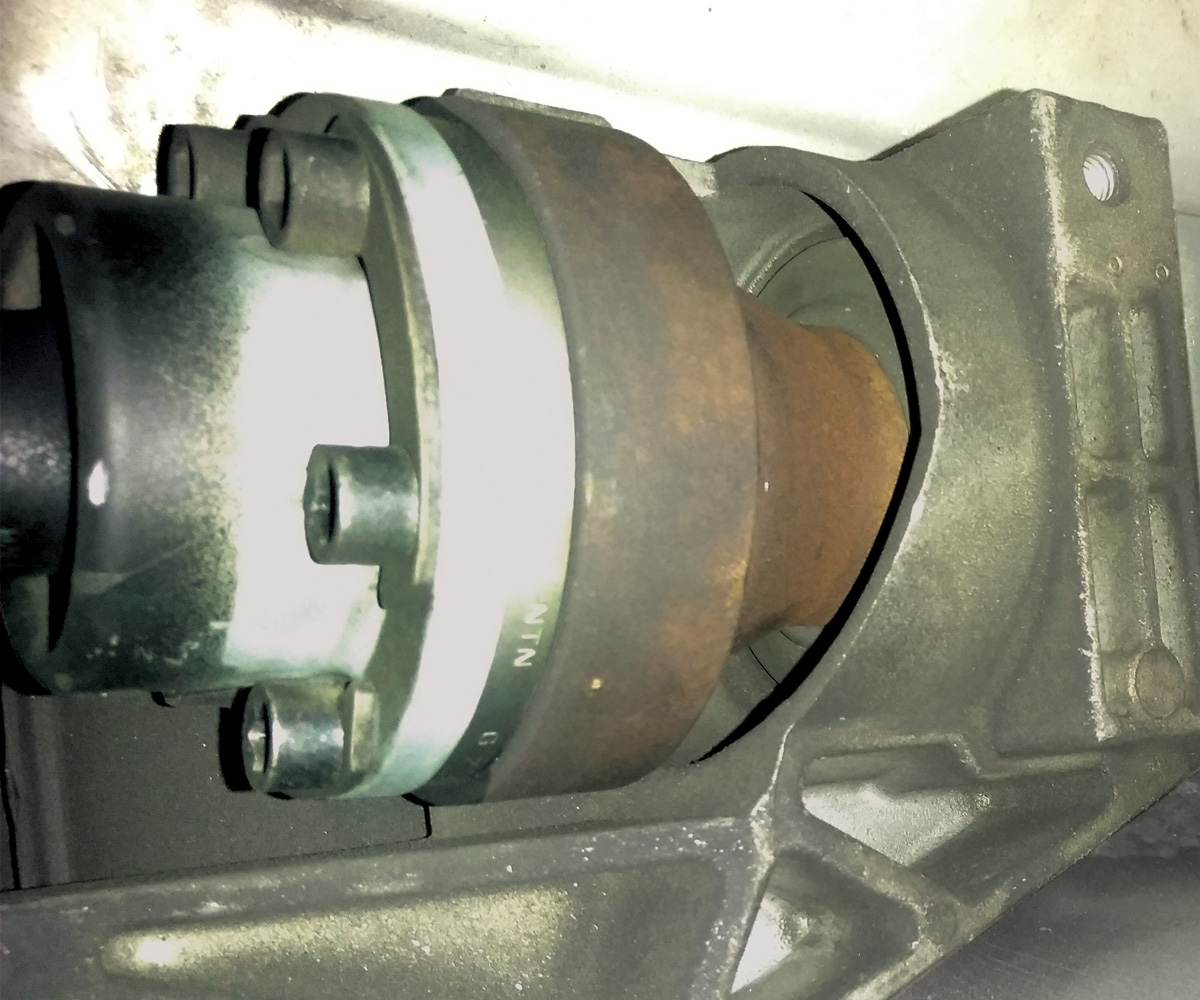






0 Comments